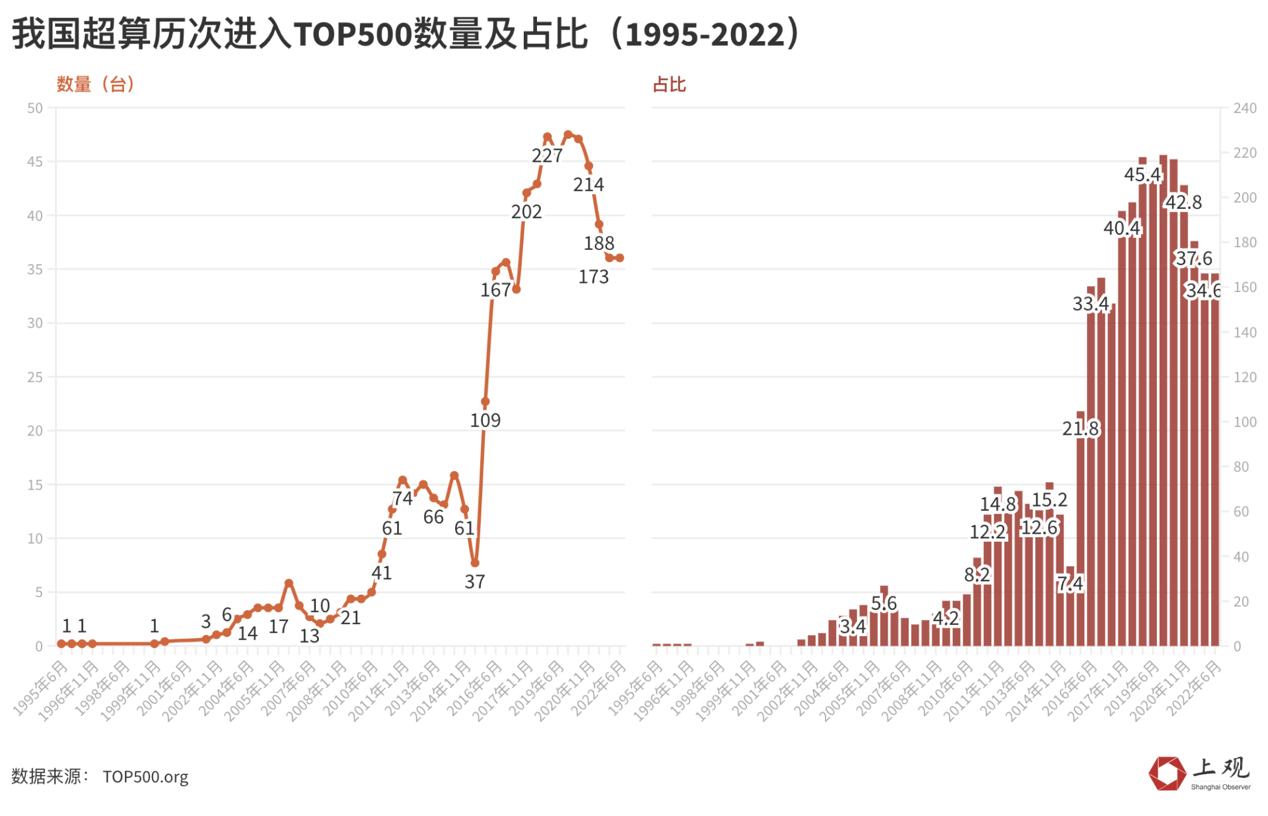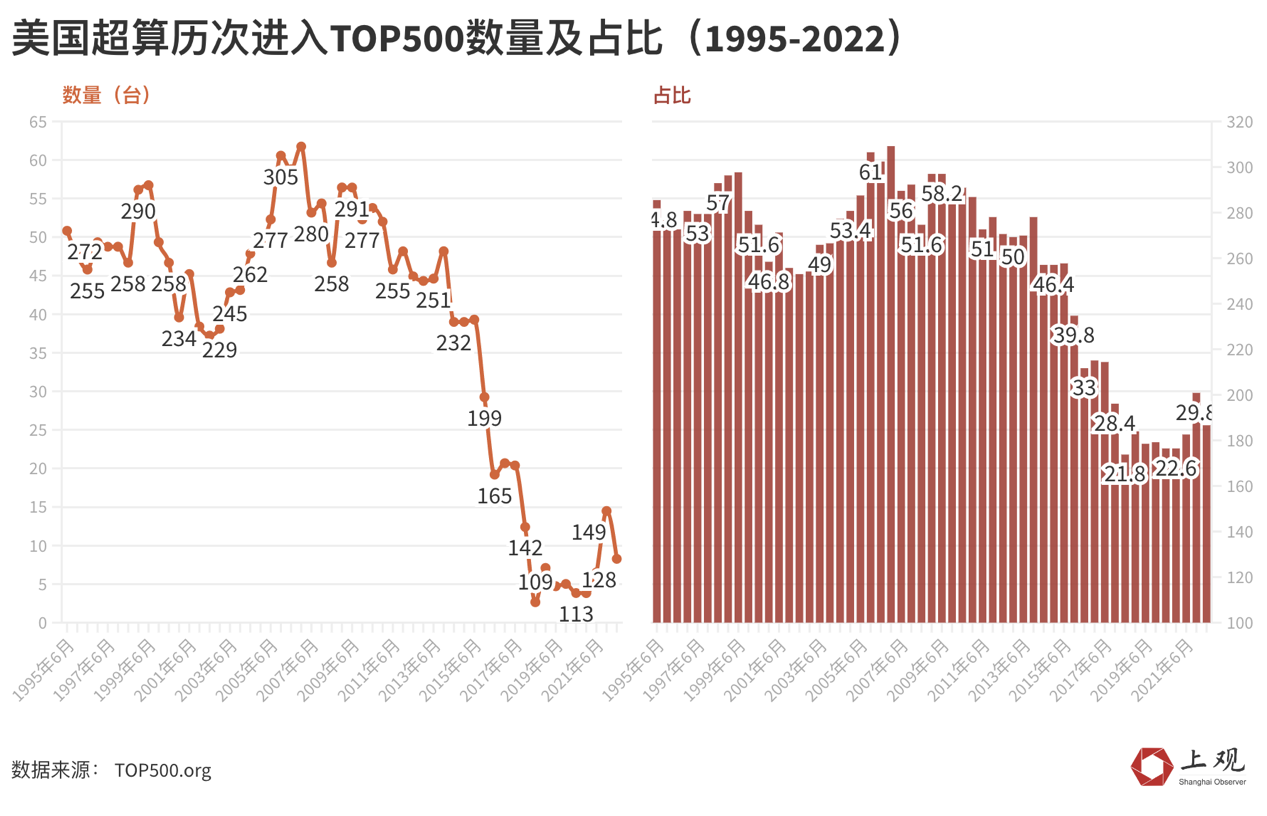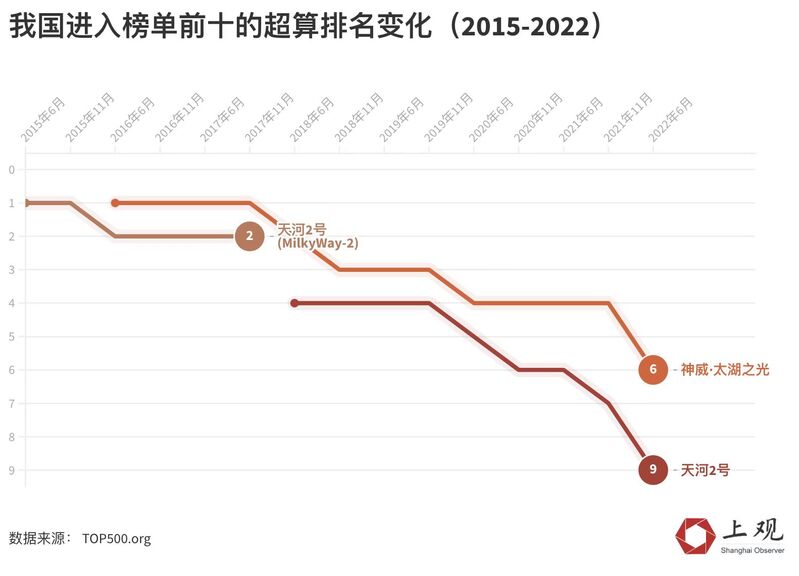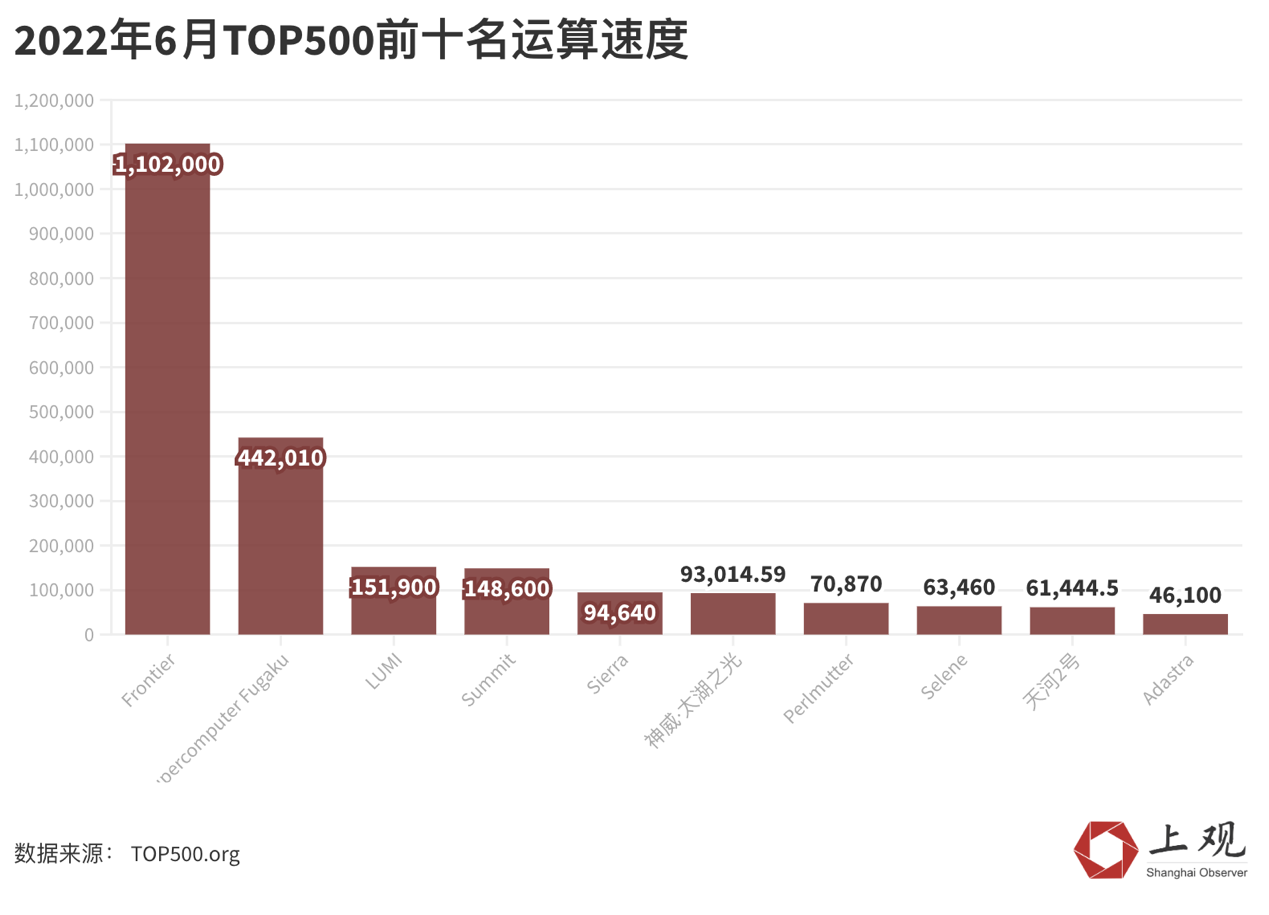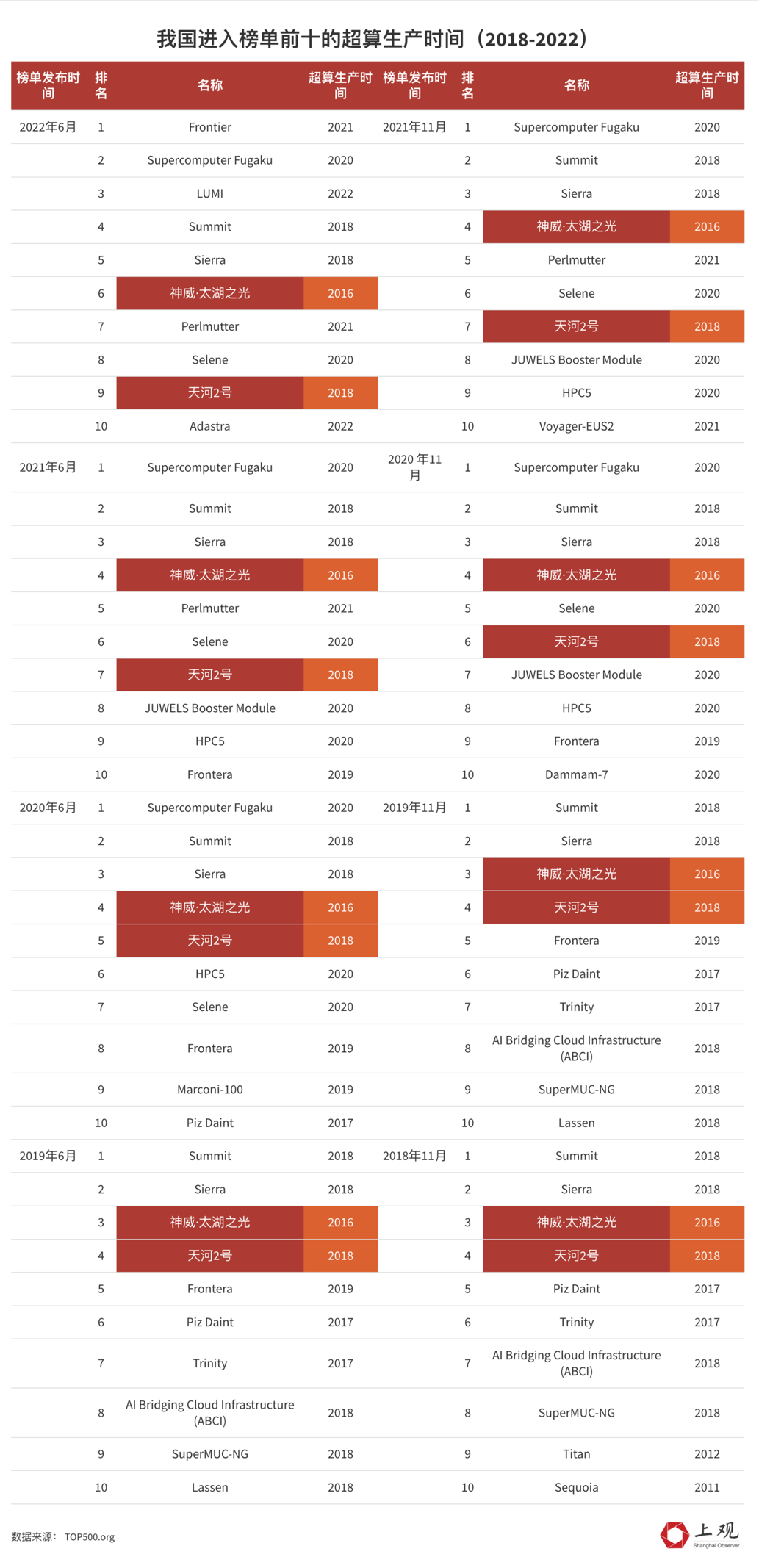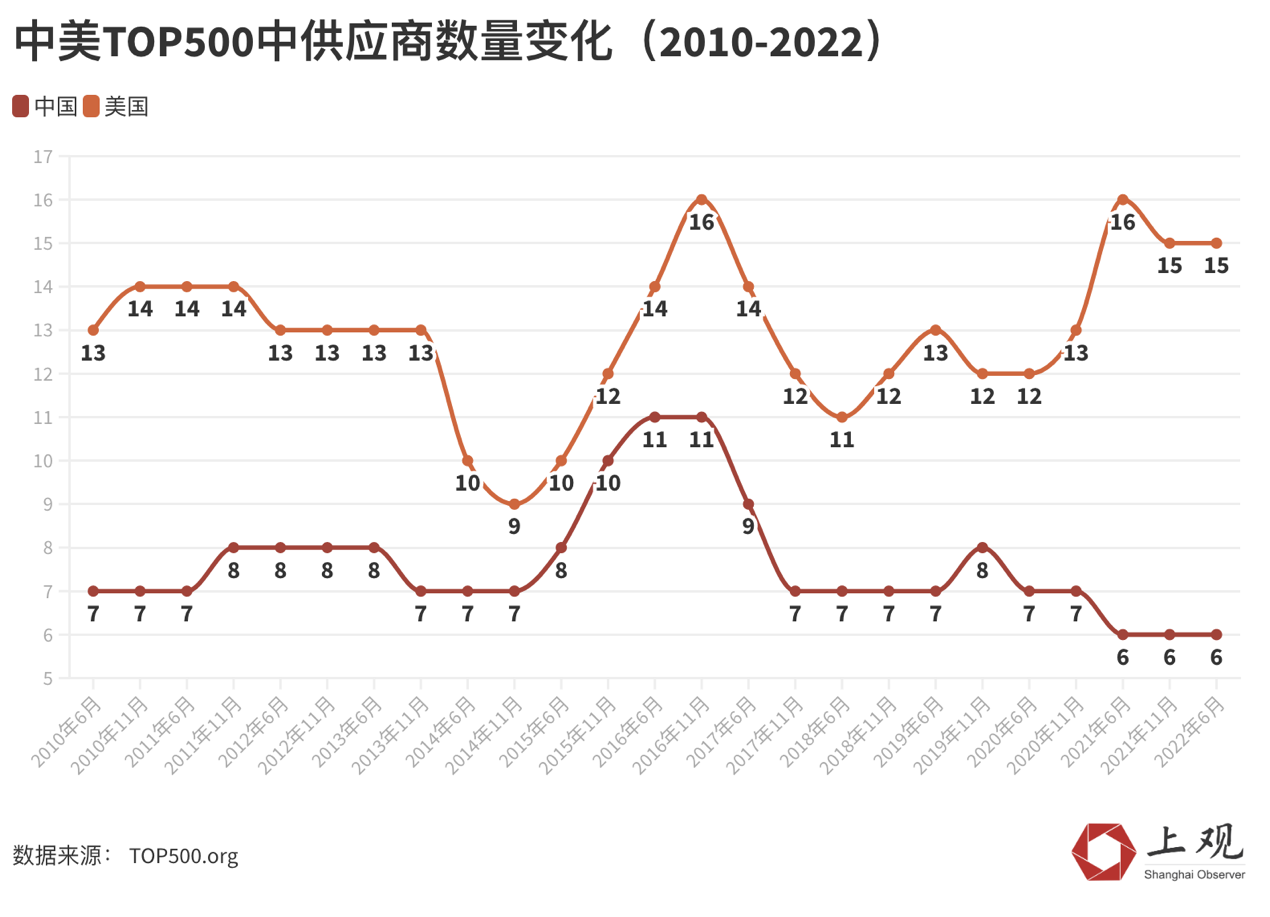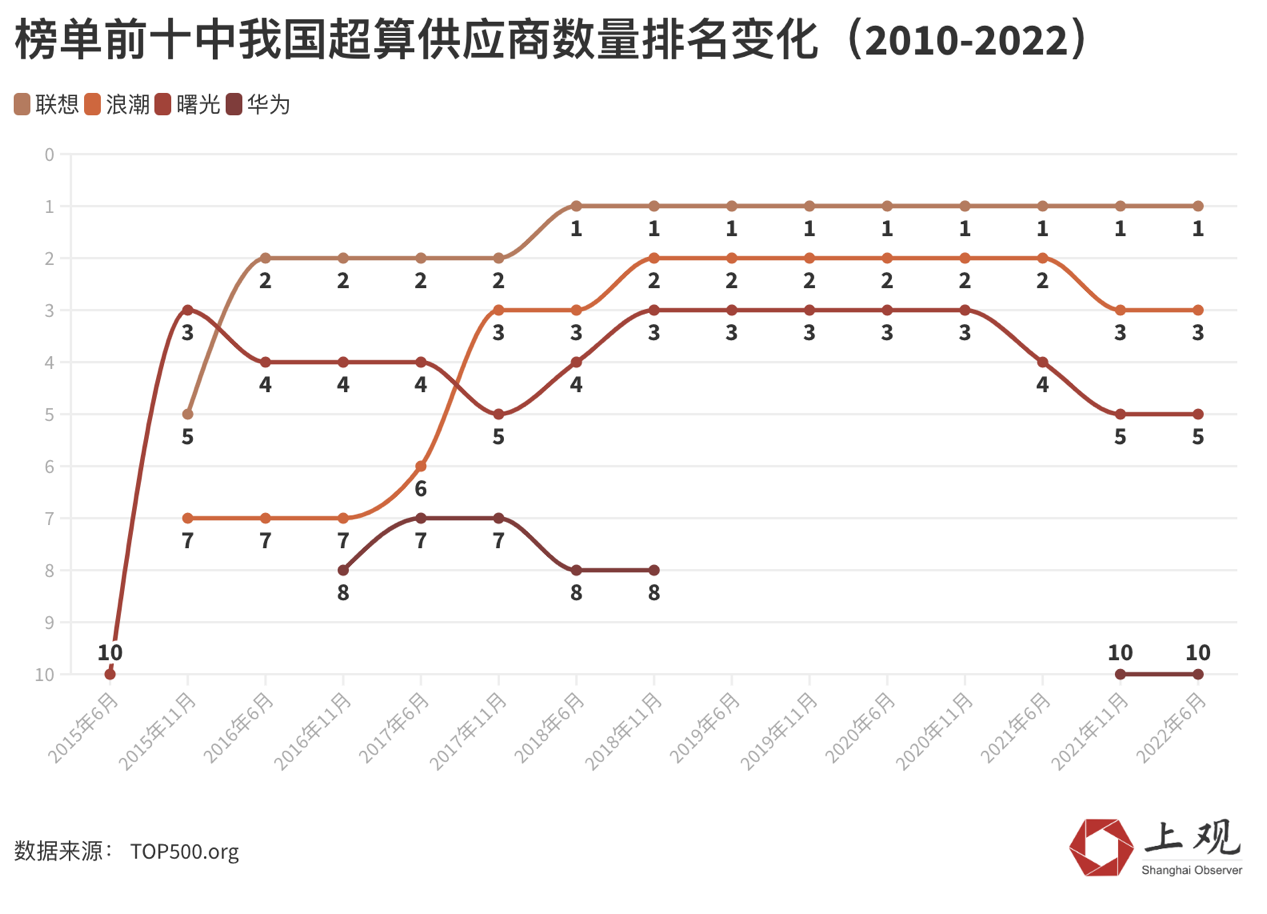Shangjie H5 body-in-white exposure leads the mainstream market to return to the essence of safety with "value-for-money" security.
[Chexun. com] On August 22nd, Shangjie brand officially disclosed the configuration of Shangjie H5 white body. The exposure of its "nine-horizontal and five-vertical" body structure, 88%+ high-strength steel and aluminum alloy, ultra-wide double front bumper and ultra-wide rear bumper and other hard-core configurations not only showed the safety confidence of this household SUV, but also redefined the safety value benchmark of the mainstream market with "non-graded safety quality".
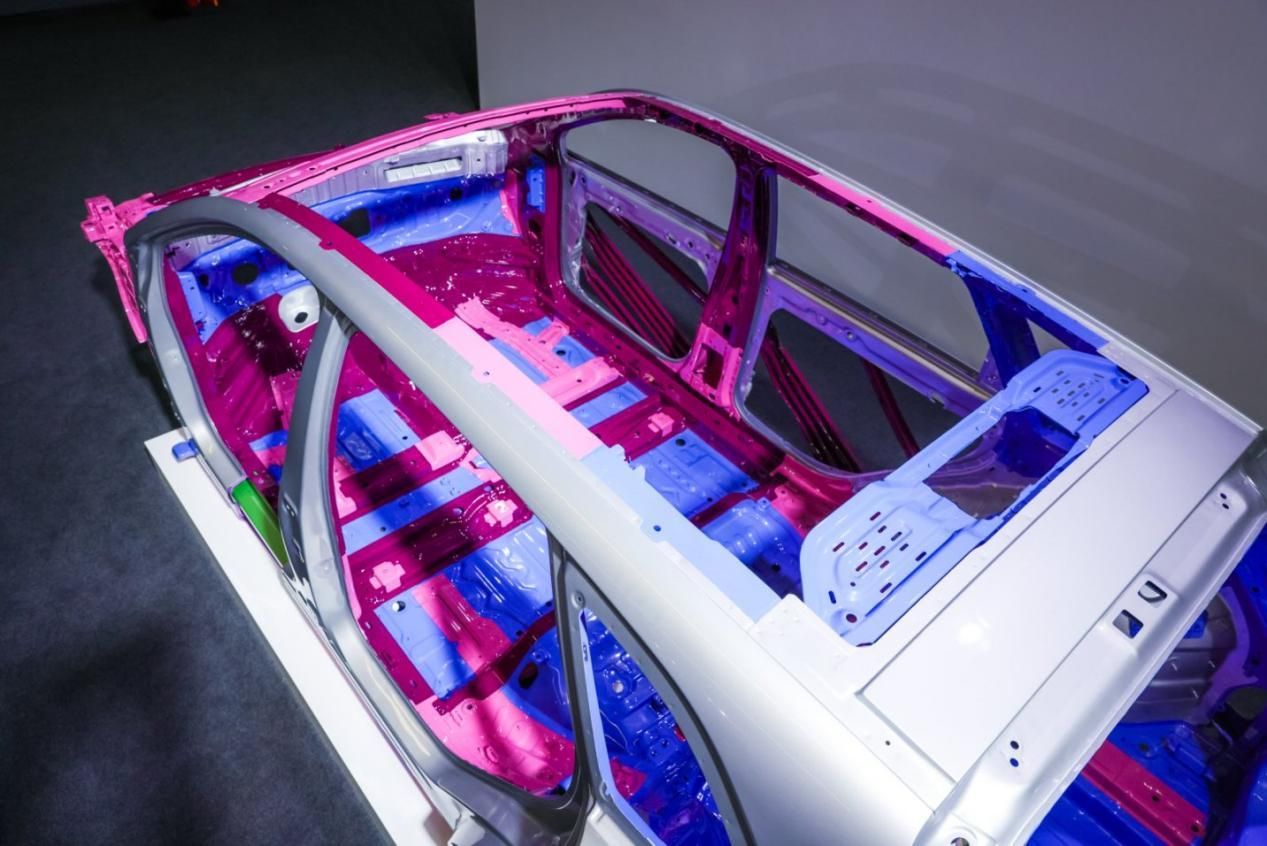
Hard-core protection, steel and iron to build a comprehensive security line.
In the field of automobile safety, the body structure is an important line of defense to protect passengers. The super-strong body structure of "nine horizontal and five vertical" adopted by Shangjie H5 has broken the inertia thinking of "meeting the basic standards" of traditional household SUVs. Nine transverse reinforcing beams and five longitudinal bearing columns form a three-dimensional protection network, just like installing a "steel skeleton" on the car body, which can quickly disperse the impact force and minimize the deformation of the cockpit when a collision occurs, and can provide effective protection against various unexpected scenes such as frontal, side and rear-end collision.
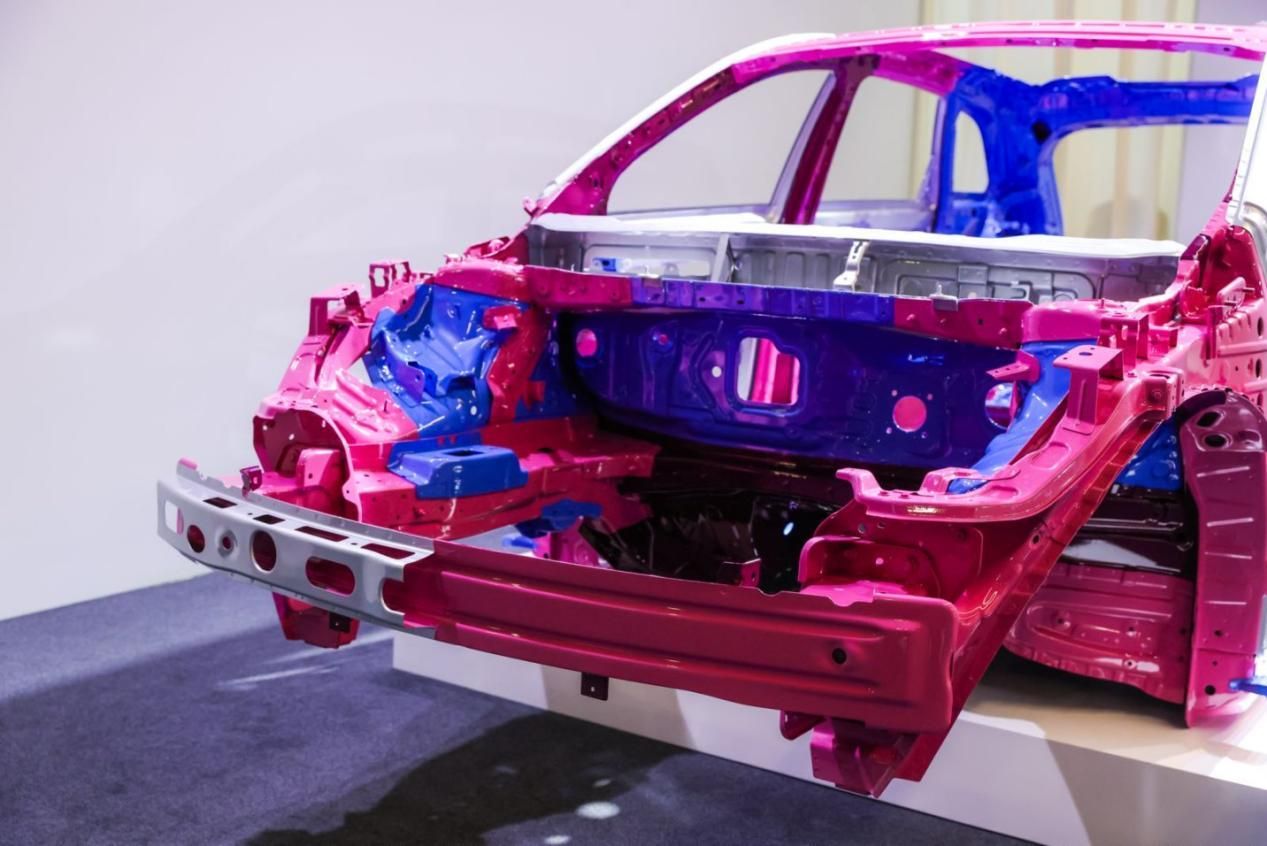
In terms of material selection, Shangjie H5 increased the proportion of high-strength steel and aluminum alloy to more than 88%, which far exceeded the average level of the same class. As the "front position" of passive safety of car body, the anti-collision beam directly affects the protection effect at the initial stage of collision. The super-wide double front anti-collision beam carried by Shangjie H5 has a coverage ratio of 74.8%. This "double-beam cooperation" structure has obvious advantages in dealing with offset collision, which can transmit the impact force to the longitudinal beam of the car body more evenly and reduce the risk of local deformation. The rear anti-collision beam refreshes the standard at the same level with a coverage ratio of 73.6%, which can effectively protect the trunk and rear passenger area even in the event of a rear-end collision.
In view of the side collision, a scene that family users are particularly concerned about, Shangjie H5 is equipped with a 4.5mm thick super-strong threshold protection aluminum alloy. This design seems subtle, but it can resist the huge pressure from the side when the side impact occurs. The honeycomb structure of aluminum alloy cavity can absorb energy through collapse, and at the same time, high-strength materials form rigid support to prevent the door from invading the cockpit and squeezing the passengers.
Safety is not graded, and family travel is guarded by high standards.
At present, most models regard safety configuration as the "distinguishing point between high and low allocation", it is even more rare for Shangjie H5 to put forward the concept of "non-graded safety quality". Both the entry version and the top version are equipped with the passive security core configuration as standard, which means that every user can enjoy the same standard of protection. This idea of "safety without distinction" just hits the core appeal of family users, because safety is the foundation of everything for family cars that carry family affection.
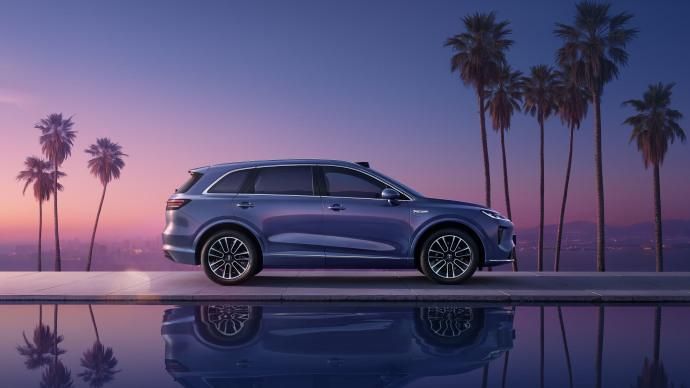
The empowerment of Huawei and SAIC has built a double moat of "high intelligence gene+high quality gene" for Shangjie, which is the source of Shangjie H5′ s safety strength beyond its peers. Shangjie H5 is equipped with Huawei ADS 4 assisted driving system, which brings a safer and more reliable assisted driving experience with high-sensing hardware such as 192-line laser radar. The iconic intelligent driving small blue light safety warning light further demonstrates Huawei’s sense of assisted driving technology. As a model of collaborative innovation between vehicle manufacturing and intelligent technology, SAIC has invested heavily in the precision manufacturing control of super factories, and every Shangjie model has all-round quality assurance from research and development to mass production. For users, the non-grading and high-standard safety quality of Shangjie H5 gives a more three-dimensional interpretation of "value-for-money" security.
In the mainstream market, the emergence of Shangjie H5 not only redefines the safety benchmark, but also sends a clear signal to the industry: when safety changes from "plus item" to "baseline", the real value competition has just begun. For home users who pursue high-quality travel, this new car, which was pre-sold on August 25th and officially launched in September, may be the long-awaited answer.





